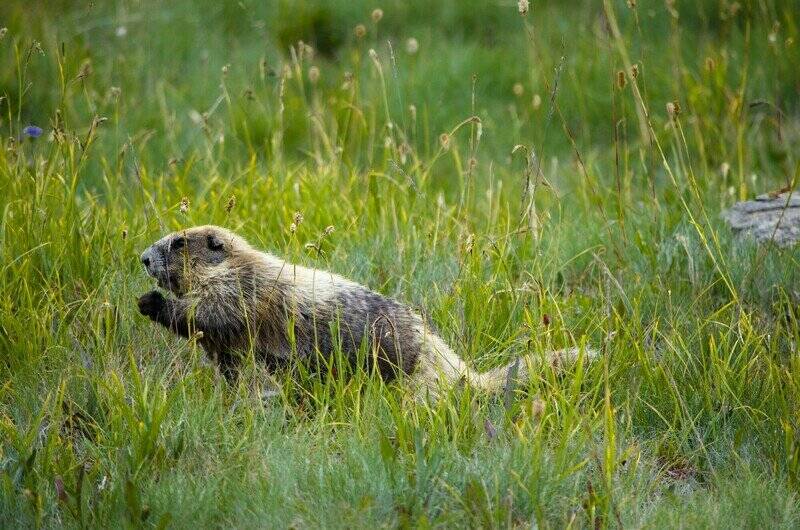Washington wildlife officials are beginning to plan for how to conserve the state’s species and habitats for the next decade.
The Department of Fish and Wildlife is updating its State Wildlife Action Plan (wdfw.wa.gov/species-habitats/at-risk/swap), a roadmap for how the state should focus conservation efforts and what species and habitats to prioritize.
It will take about a year of research and community engagement before the plan is finalized, but once it is, it will help guide the work of state agencies and conservation groups.
Over the next year, the department is opening public comment and surveys on the plan and encouraging anyone interested to get involved. The final document is due to the federal government by Oct. 1, 2025.
Biodiversity helps everyone in Washington, said Wendy Connally, State Wildlife Action Plan coordinator.
“If you’re interested in habitat at home, there’s a place for you in the SWAP,” she said. “If you’re interested in walking in the park in an urban area, there’s a place for you in the SWAP. If you want to be in the wildlands and climb rocks and watch birds, there’s a place for you in the SWAP.”
The U.S. Fish and Wildlife Service requires states to create a comprehensive plan for conserving wildlife and update it every 10 years to receive some federal funding.
Washington completed its first such plan in 2005 and updated it in 2015.
The federal government requires the plans to include certain elements, including a list of species of greatest conservation need, related habitats and systems, threats and possible conservation actions.
Connally said Washington’s plan has evolved into a comprehensive document based on the best available science that many state programs and conservation organizations can look to for years to come. Washington has also tied the wildlife action plan to their 25-year strategic plan to better coordinate resources and communicate the state’s conservation priorities.
“The plan isn’t going to create a magic bullet,” Margen Carlson, the department’s director of conservation policy, said during a public meeting last week. “But hopefully, we can all agree that having a place where we try to get accurate data, we try to take an objective look at the status of fish and wildlife is something we can all agree is important.”
A key part of the plan is the Species of Greatest Conservation Need list, which highlights species in Washington that the state should focus on.
The 2015 list includes more than 200 species, from Olympic marmots to grizzly bears to bald eagles to chinook salmon in the Snake River.
A species on the list is not necessarily imperiled in any way or even state or federally endangered, though some of them are, Connally said.
“Some of these are species that we think are potentially on the verge of being in trouble because their habitats are severely threatened,” she said.
Putting them in the 10-year plan can help the state use its resources to better understand what might need to be done to preserve that habitat and species for years to come, Connally added.
She said she anticipates there will be species that were put on the list 10 years ago that are not included in this update, though the department is still in the process of determining which those might be.
Connally said the plan can be used to inform other state agency guidance, but it is not regulatory in any way.
This update will be slightly different than the previous two, Connally said.
The previous plan can be overwhelming to those unfamiliar with it, she said. This update will aim to be more organized and easier to read. It will be separated by region and focus more on the importance of habitat systems as a whole, not just on specific species.
“The work we do is very species-specific,” Connally said. “That’s all still really important, but that work does not happen or is not as effective if it happens without consideration for the context.”
There will be another public engagement meeting early next year, and the department is expected to have a draft by spring.
In the meantime, those who want to submit comments or information to the department can do so at swap2025@publicinput.com.
The department will also open a survey in September for the public to contribute information, ask questions and give suggestions for which species they think should be included on the list of species with greatest conservation needs.
Laurel Demkovich writes for the Washington State Standard (washingtonstatestandard.com), an independent, nonprofit news organization that produces original reporting on policy and politics.


